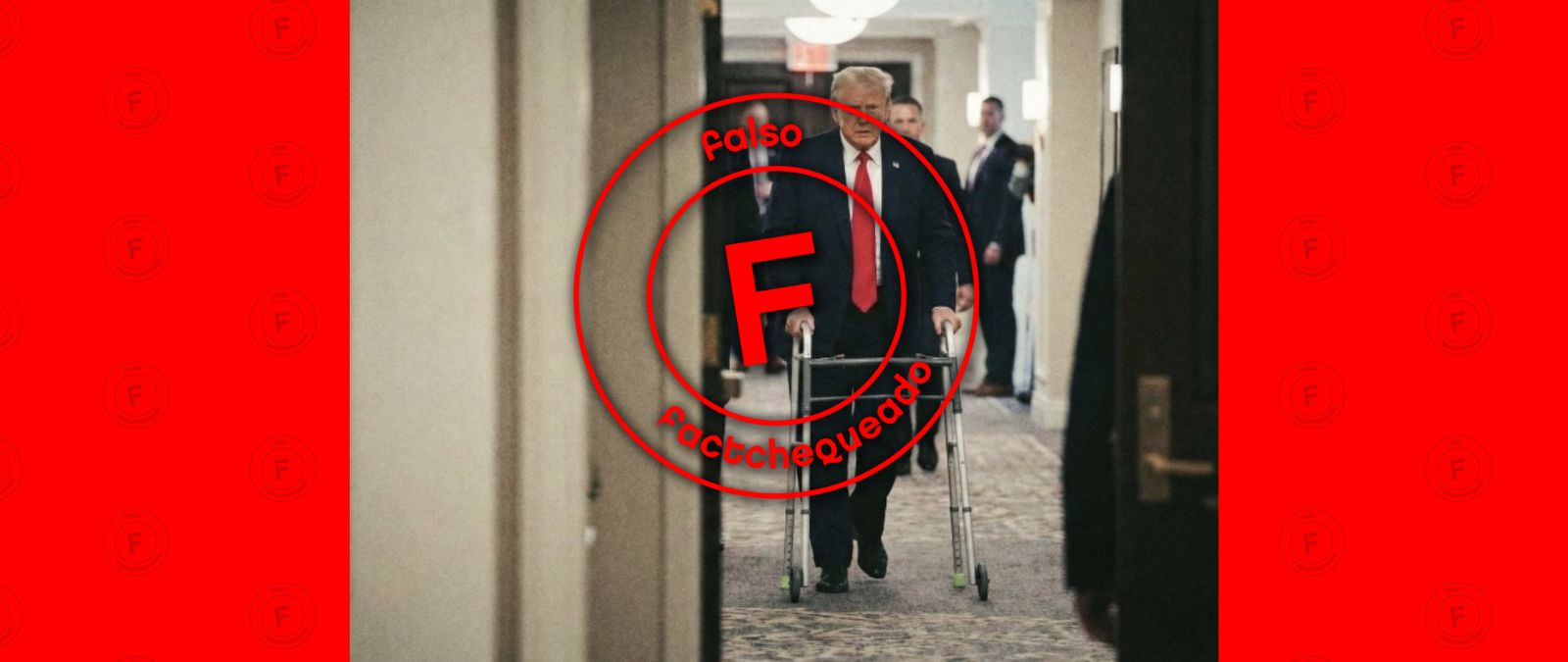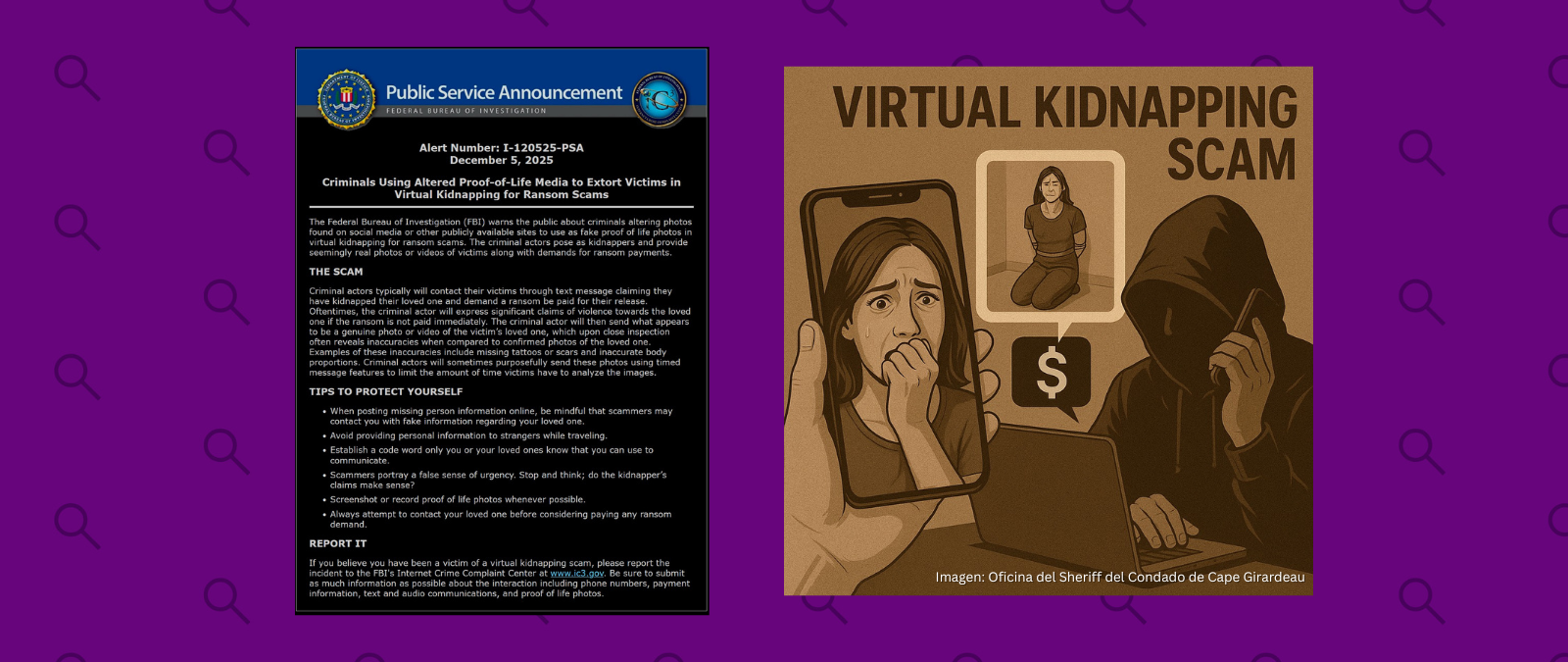The evidence gathered in Factchequeado’s investigation “Putin’s Laundromat” about Russian propagandists’ attempts to influence Mexico is part of a historical pattern.
Documents from the former Soviet Union, obtained by the Wilson Center, show Moscow’s longstanding interest in influencing Mexico — the world’s largest Spanish-speaking country and one that shares a border with its principal geopolitical rival, the United States.
In June 1985, during the Cold War, The New York Times reported that, according to U.S. officials, Mexico had become a center of Soviet espionage. U.S. counterintelligence specialists estimated that “at least 150 KGB officers” were working for the Russian Embassy, posing as diplomats, administrative staff, drivers and journalists — something also acknowledged at the time by a Mexican official interviewed by the paper.
In March 2022, one month after Russia’s invasion of Ukraine, Gen. Glenn VanHerck, head of U.S. Northern Command, told a Senate committee: “I would point out that the largest portion of [Russian intelligence personnel] in the world is in Mexico right now (…) and they keep an eye very closely on their opportunities to have influence on U.S. opportunities and access..”
The 2024 Russian plan that sought to use Mexico to influence the U.S. presidential election
In September 2024, the U.S. Department of Justice (DOJ) announced the takedown of 32 internet domains linked to a Russian government-backed propaganda and disinformation network aimed at influencing that year’s presidential election.
The DOJ also obtained and published internal documents from the Russian company Social Design Agency (SDA), one of the entities identified as part of the propaganda operation. According to these files, SDA was running a project titled México No Perdona (Mexico Does Not Forgive.)
The plan outlined a campaign designed to encourage “anti-American sentiment” among Mexico’s “poor classes,” which, according to the document, “are the main group that supports the Morena party,” currently in power. The purpose of the project was to “show the United States that it is under threat,” fueled by rising nationalist and anti-American sentiment in Mexico. This DOJ revelation triggered Factchequeado’s investigation.
The plan included a proposed graphic: a map showing the U.S. states of Arizona, California, Colorado, Nevada, New Mexico, Texas and Utah — territories that belonged to Mexico until the 1848 Treaty of Guadalupe Hidalgo — all highlighted in white.
“The pain over the loss of these vast border territories is still alive in the people’s minds,” SDA argued in the project. Therefore, the agency proposed using an image of the United States “depicted as shattered glass” with a label across the border reading “Mexico Does Not Forgive,” saying the message “could be used by some fringe political organization, whether far-right or far-left, or by a nationalist group.”
This technique of inflaming existing societal tensions is not new. Information security scholar Thomas Rid, in his book Active Measures: The Secret History of Disinformation and Political Warfare, explains that in 1962, during the Cold War, the KGB considered a disinformation narrative effective if it “it resonated with emotions, with collectively held views in the targeted community, and whether it managed to exacerbate existing tensions—or, in the jargon of Cold War operators, whether it succeeded to strengthen existing contradictions.”

SDA stated that “this type of project will show the world that a huge country of 130 million inhabitants, with the longest border with the United States, has finally awakened. Now is the moment to show the United States that it is under threat. And we can do it.”
* This article is part of our investigation “Putin’s Laundromat.”
Factchequeado is a fact-checking outlet that builds a Spanish-speaking community to counter disinformation in the United States. Want to join? Send the content you receive to our WhatsApp +1 (646) 873 6087 or visit factchequeado.com/whatsapp.
Read more:
This Is How Mexico’s Club de Periodistas Website “Launders” Information From Russian State Media
From the USSR to Today: Moscow’s Longstanding Interest in Mexico
A Haven for Russian Propaganda—and a Wedding Venue: Inside Mexico City’s Journalists’ Club
Workshops, Street Promotions and Alleged Covert Operations: Russian Propaganda in Latin America









